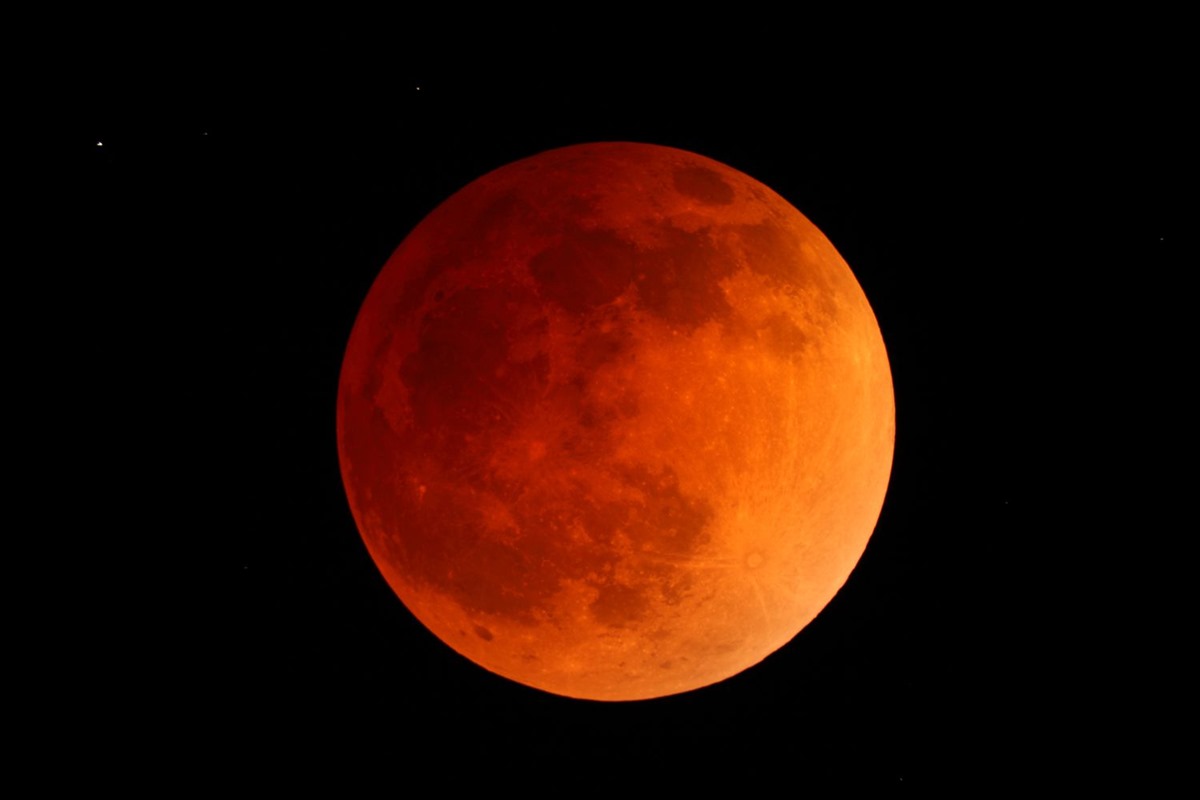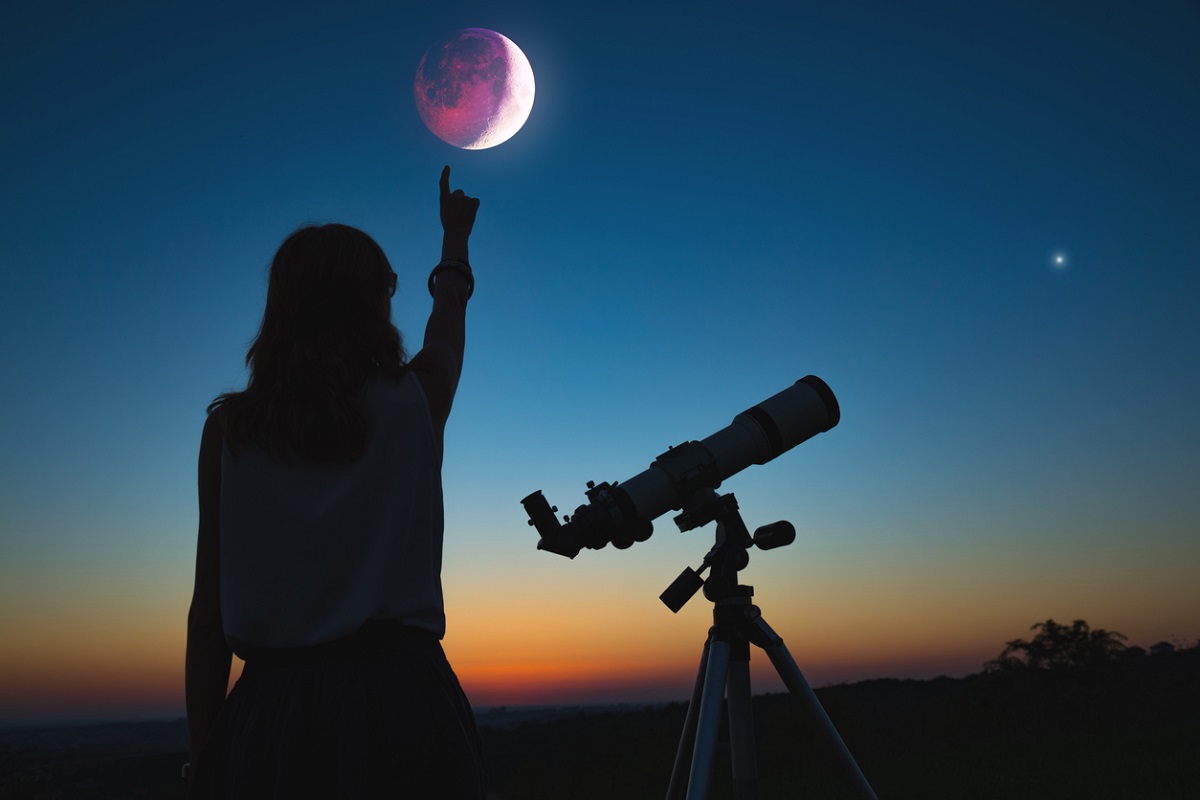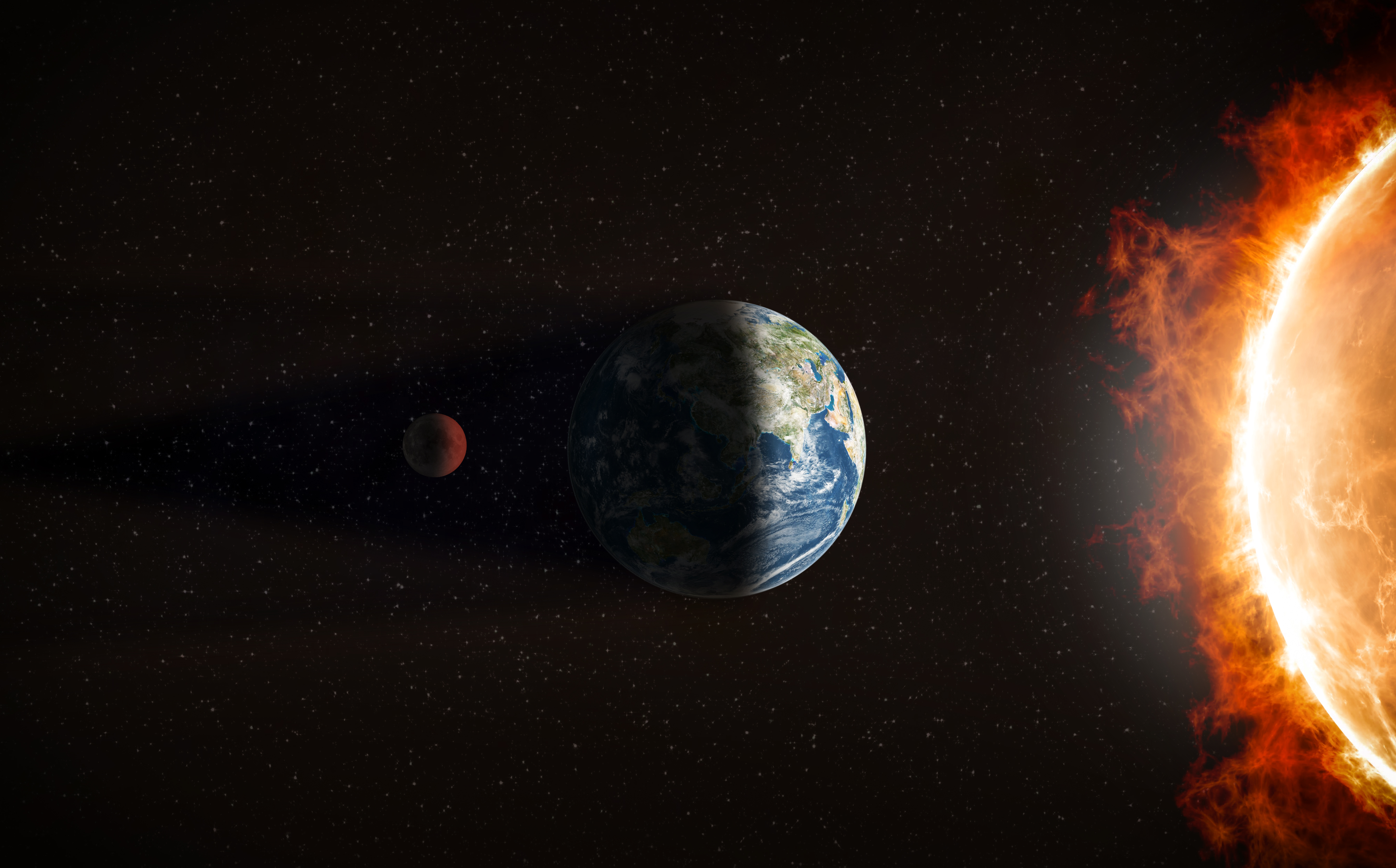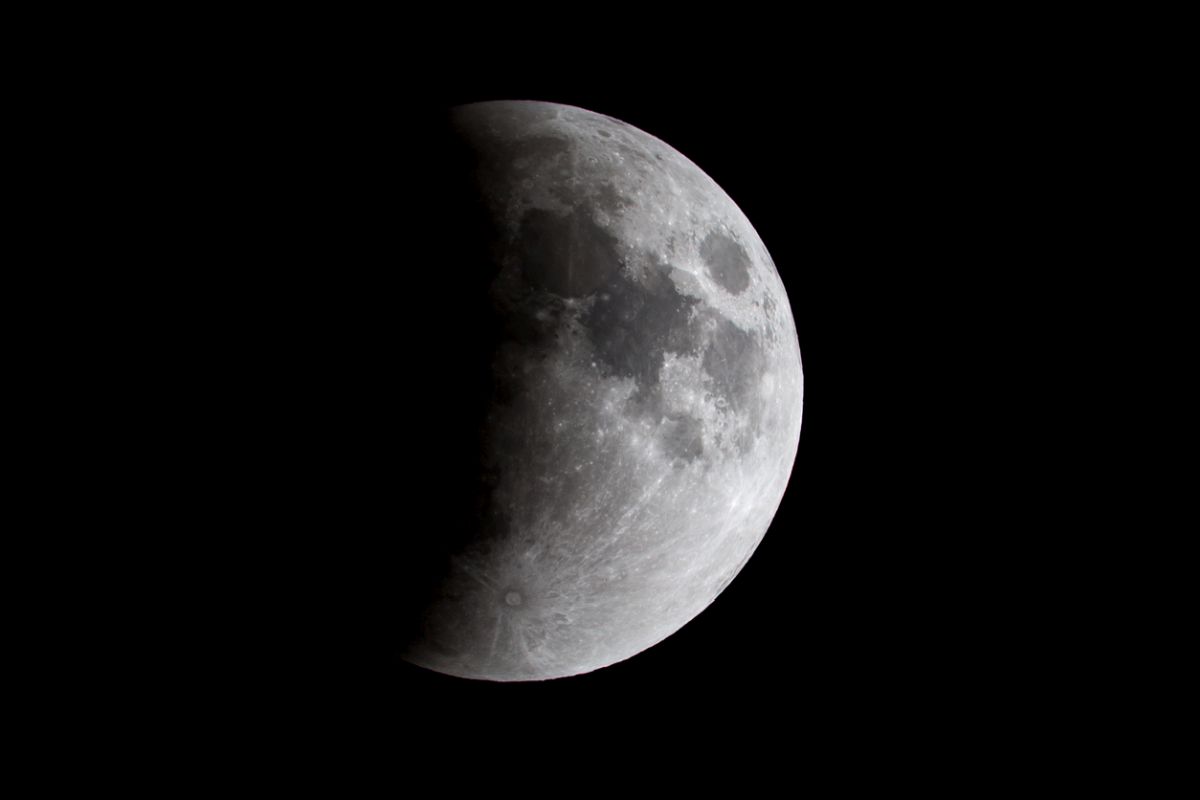Lunar Eclipse 2023: Visible in India on October 28-29
Lunar eclipse in 2023 visible in India on the night of October 28-29. Learn more about its timing and popular beliefs.

Lunar eclipse in 2023 visible in India on the night of October 28-29. Learn more about its timing and popular beliefs.

The eclipse will be visible in the region covering South America, North America, Asia, Australia, Antarctica, the Pacific Ocean and the Indian Ocean.

After two successive lunar eclipses and one solar eclipse, the third lunar eclipse is taking place right now!

The day of Guru Purnima is traditionally the time when devotees of the Guru offer their gratitude and receive his blessings.

Lunar eclipses are not eye-damaging. Therefore, it is perfectly safe for people to watch it through their naked eyes.
Of the five celestial events, there will be three instances of solar eclipse — one partial, one annular, and one total — and a total and a partial lunar eclipse
The longest "blood moon" eclipse this century that coincided with Mars' closest approach in 15 years treated skygazers to a thrilling celestial spectacle
Bad weather thwarted the cosmic display in several parts of the world.
Many people didn’t pay a visit to the planetarium but were excited to witness the major celestial event with binoculars and cameras.
There’s more to this week, celestially, than the longest lunar eclipse of the century!